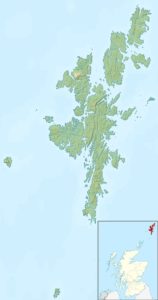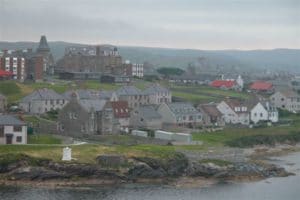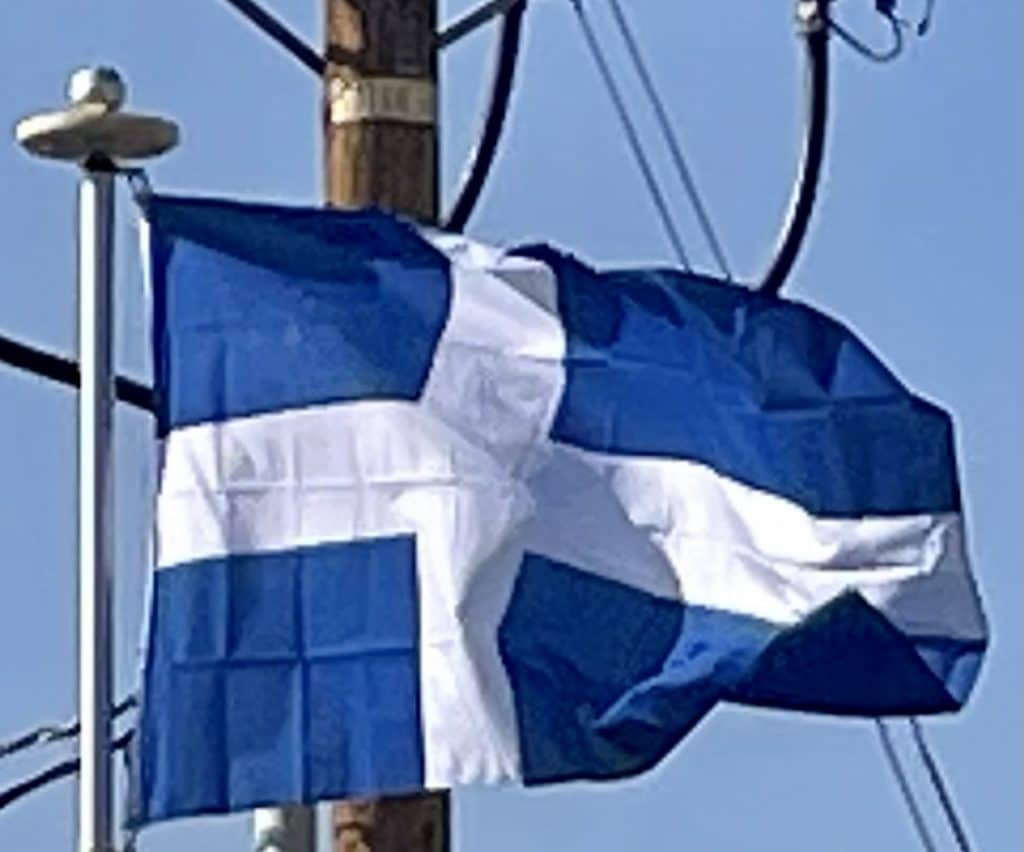Introduction:
Shetland, also called the Shetland Islands and formerly Zetland, is a subarctic archipelago in the Northern Isles of Scotland, situated in the Northern Atlantic, between Great Britain, the Faroe Islands and Norway. It is the northernmost part of Scotland and of the wider United Kingdom.
The islands lie about 80 km (50 mi) to the northeast of Orkney, 170 km (110 mi) from Scotland and 300 km (190 mi) west of Norway. They form part of the border between the Atlantic Ocean to the west and the North Sea to the east. Their total area is 1,466 km2 (566 sq mi),[2] and the population totaled 22,920 in 2019. The islands comprise the Shetland constituency of the Scottish Parliament. The local authority, the Shetland Islands Council, is one of the 32 council areas of Scotland. The islands’ administrative center and only burgh is Lerwick, which has been the capital of Shetland since 1708, before which time the capital was Scalloway.

The largest island, known as “the Mainland“, has an area of 967 km2 (373 sq mi), making it the third-largest Scottish island and the fifth-largest island in the British Isles. There are an additional 15 inhabited islands in Shetland. The archipelago has an oceanic climate, a complex geology, a rugged coastline, and many low, rolling hills.
Humans have lived in Shetland since the Mesolithic period. In early medieval times the islands were dominated by Scandinavian influences, especially from Norway. The islands became part of Scotland in the 15th century. In 1707, when Scotland became part of the Kingdom of Great Britain, trade between Shetland and continental northern Europe decreased. The discovery of North Sea oil in the 1970s significantly boosted Shetland’s economy, employment and public-sector revenues.[5] Fishing has always been an important part of the islands’ economy.
The local way of life reflects the Norse and Scottish heritage of the isles, including the Up Helly Aa fire festivals and a strong musical tradition, especially the traditional fiddle style. The islands have produced a variety of prose writers and poets, who have often written in the distinctive Shetland dialect of the Scots language. Numerous areas on the islands have been set aside to protect the local fauna and flora, including a number of important seabird nesting sites. The Shetland pony and Shetland Sheepdog are two well-known Shetland animal breeds. Other animals with local breeds include the Shetland sheep, cow, goose, and duck. The Shetland pig, or grice, has been extinct since about 1930.

The islands’ motto, which appears on the Council’s coat of arms, is “Með lögum skal land byggja” (“By law shall land be built”). The phrase is of Old Norse origin, is mentioned in Njáls saga, and was likely borrowed from tenets of ancient provincial Norwegian laws such as the Frostathing Law.
History:
Prehistory:

Pottery shards found at the important site of Jarlshof also indicate that there was Neolithic activity there although the main settlement dates from the Bronze Age. This includes a smithy, a cluster of wheelhouses and a later broch. The site has provided evidence of habitation during various phases right up until Viking times. Heel-shaped cairns, are a style of chambered cairn unique to Shetland, with a particularly large example in Vementry.
